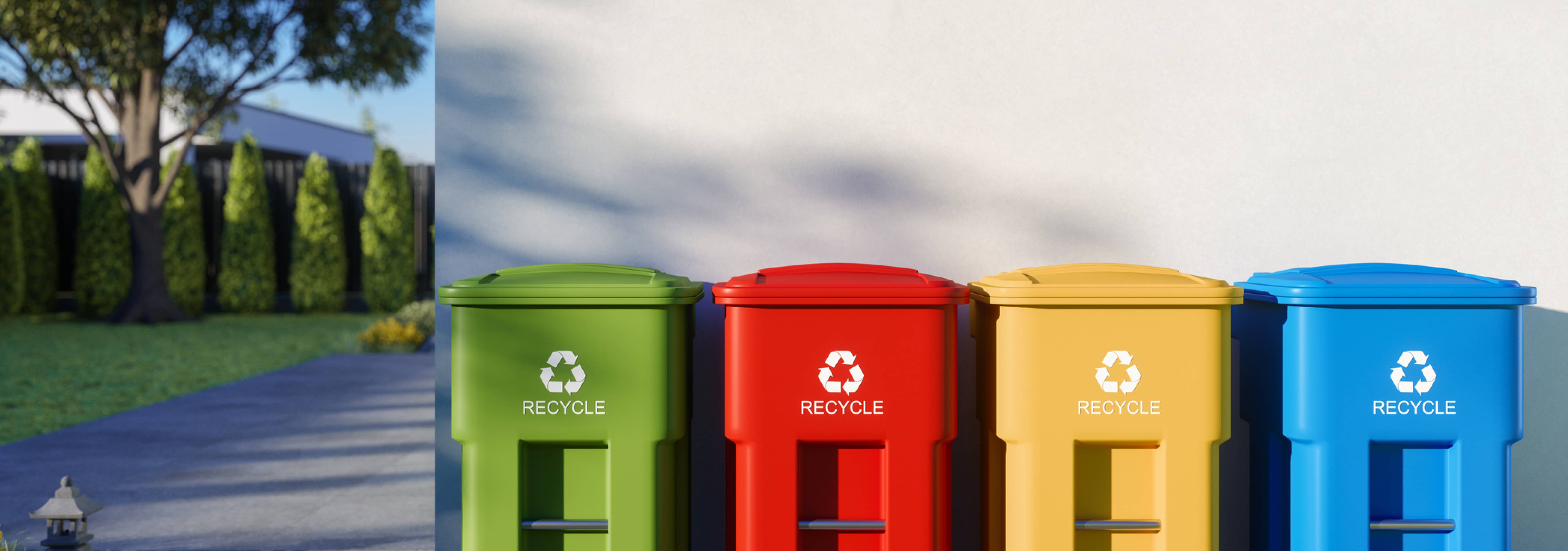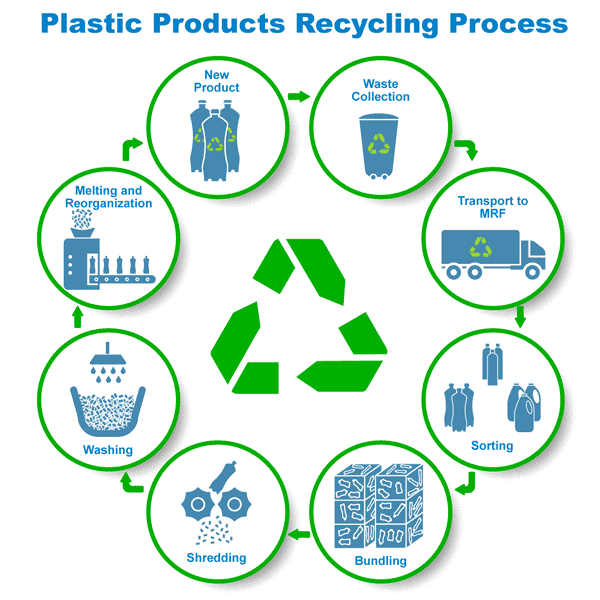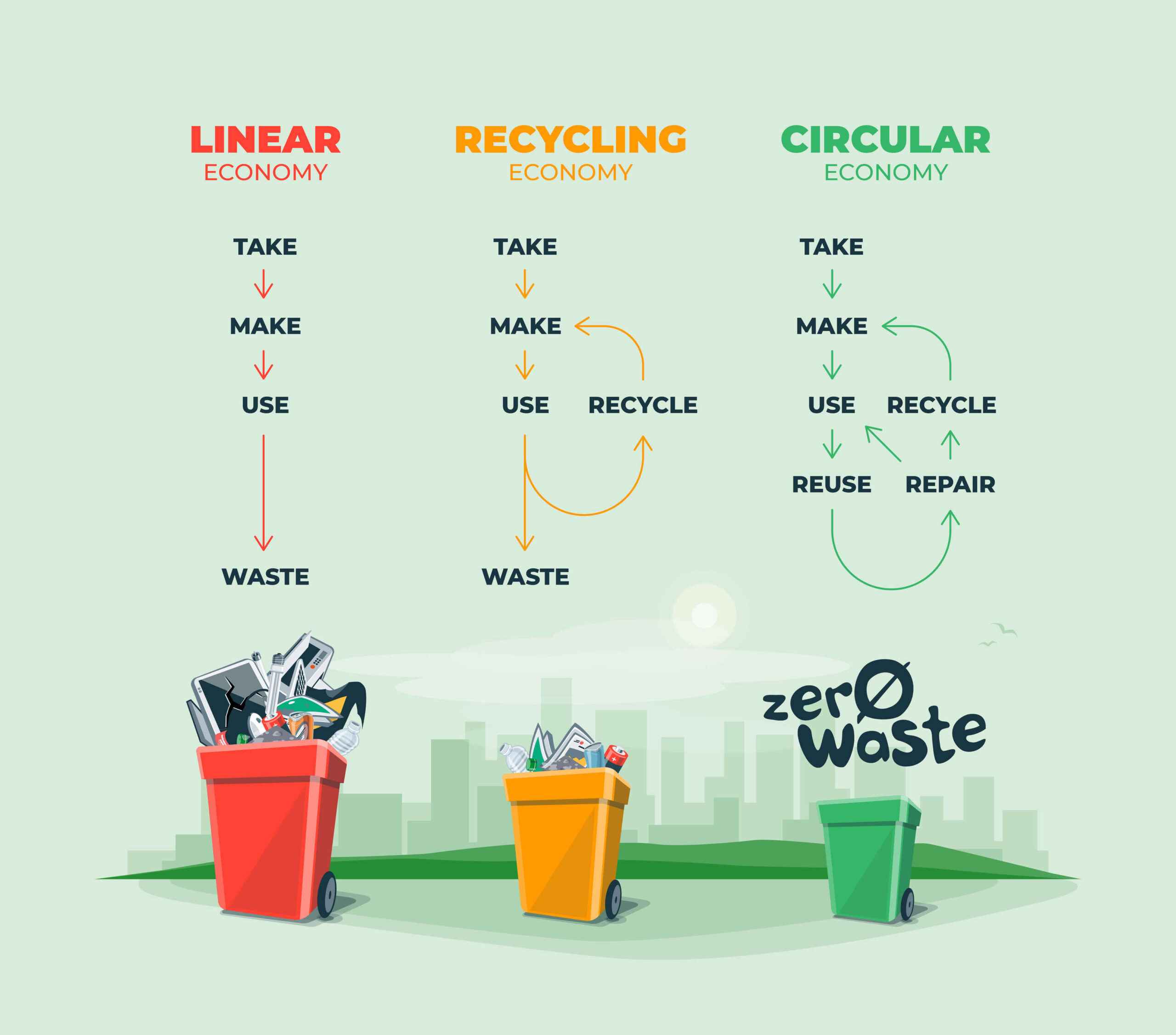Discovering Various Kinds Of Waste in Modern Waste Management Systems
The modern landscape of waste monitoring includes browsing a complicated selection of waste types, each calling for specialized handling and disposal methods to mitigate ecological influences. Municipal strong waste, unsafe waste, electronic waste, and organic waste each present distinct challenges and opportunities for resource recovery.
Municipal Solid Waste
Community solid waste, typically described as household trash or rubbish, incorporates a selection of thrown out products generated by property, industrial, and institutional resources within a town. This waste stream usually includes products such as packaging, food scraps, lawn trimmings, paper, plastics, fabrics, and thrown out house items. The administration of metropolitan solid waste is an important element of city preparation and public health, demanding effective collection, transport, and disposal systems.
Efficient waste monitoring systems are made to minimize ecological impact while making best use of source recovery. Composting organic waste, such as food scraps and yard trimmings, not only decreases land fill use however additionally creates valuable dirt modifications.
Municipalities need to likewise address the logistical and financial difficulties related to waste monitoring. Carrying out pay-as-you-throw systems, enhancing public awareness, and spending in technology can dramatically enhance waste diversion prices. By incorporating these practices, districts can cultivate lasting communities, minimize greenhouse gas exhausts, and save natural sources.
Contaminated Materials

Efficient unsafe waste administration includes numerous crucial actions: identification, treatment, segregation, and disposal. Segregation guarantees that harmful products are kept separately from non-hazardous waste to prevent cross-contamination.
Regulatory frameworks, such as the Source Conservation and Recovery Act (RCRA) in the USA, provide guidelines and standards for contaminated materials administration. Adherence to these regulations, paired with advancements in waste treatment innovations, is vital in mitigating the dangers connected with contaminated materials.
Digital Waste
Digital waste, typically referred to as e-waste, stands for a rapidly growing challenge in waste monitoring systems globally. This sort of waste incorporates discarded electronic gadgets and equipment such as smartphones, computers, televisions, and various other electronic appliances. The rapid pace of technological innovation, combined with lowering item life-spans and customer need for the newest devices, has tremendously boosted the volume of e-waste produced each year.
E-waste is particularly bothersome due to its complex structure, commonly having unsafe substances like cadmium, mercury, and lead, which pose substantial environmental and health and wellness threats otherwise effectively taken care of. Conversely, e-waste additionally consists of valuable products such as silver, copper, try this out and gold, which can be recovered and reused. The dual nature of e-waste-- both harmful and useful-- necessitates specific handling, reusing, and disposal procedures.
Reliable e-waste monitoring entails stringent governing frameworks, robust collection systems, and progressed recycling technologies. Public recognition and engagement are essential, as improper disposal methods, such as illegal dumping and informal recycling, exacerbate environmental contamination and health hazards. Subsequently, improving e-waste monitoring techniques is crucial for mitigating ecological influence and recuperating valuable sources in a progressively electronic world.

Organic Waste
Organic waste, comprising kitchen area scraps, lawn trimmings, and agricultural deposits, stands for a substantial part of the global waste stream. This type of waste is biodegradable, suggesting it can be broken down by microorganisms into easier organic compounds. In spite of its possibility for natural disintegration, improper management of organic waste can lead to damaging environmental influences, consisting of the emission of greenhouse gases such as methane, which contribute to environment change.
Effective administration of organic waste is critical for minimizing these environmental impacts (recycling lives services). Composting is a commonly embraced method, changing organic waste right into nutrient-rich garden compost that can boost soil wellness and agricultural efficiency. Additionally, anaerobic food digestion is an arising modern technology that transforms organic waste into biogas, a sustainable power source, and digestate, which can be utilized as fertilizer
Municipalities and waste administration entities should execute durable natural waste collection and therapy programs to maximize the benefits of these procedures. Public education and learning campaigns can additionally play an essential role in encouraging homes and businesses to separate organic waste from other sorts of waste. By prioritizing the monitoring of organic waste, cultures can reduce garbage dump usage, reduced greenhouse gas discharges, and develop beneficial byproducts for farming use.

Innovative Waste Management
In the realm of waste administration, cutting-edge approaches are changing just how societies handle their refuse, going for sustainability and effectiveness. These improvements include a series of technologies and techniques that enhance reusing rates, minimize land fill reliance, and lower ecological effect. One prominent technology is the application of wise waste containers furnished with sensors that keep track of fill degrees and enhance collection courses. This not only reduces fuel consumption but likewise decreases greenhouse gas discharges.
Another noteworthy development is the fostering of waste-to-energy (WtE) modern technologies. By converting non-recyclable waste right into usable power with procedures such as incineration and anaerobic digestion, WtE lowers garbage dump burden and supplies a renewable resource resource. Additionally, innovations in chemical reusing permit the malfunction of complicated plastics into their original monomers, enabling the creation of brand-new, top notch plastic items.
Furthermore, the circular economic click here now situation model is getting grip, highlighting the layout of products and systems that focus on reusability and resource effectiveness. This holistic strategy encourages industries to minimize waste generation from the start. With these innovative strategies, modern-day waste management systems are not only addressing the instant obstacles of waste disposal but likewise leading the way for a more sustainable future.
Conclusion
A comprehensive understanding of community solid waste, hazardous waste, electronic waste, and natural waste, paired with the execution of ingenious waste administration solutions, is important for minimizing environmental effects. Integrating modern technologies such as wise waste containers and waste-to-energy systems can enhance performance and sustainability. Effective waste monitoring approaches not only foster source recuperation yet additionally advertise public understanding and engagement, ultimately adding to the development of a circular economic situation.
The contemporary landscape of waste management entails navigating a complicated range of waste kinds, each requiring specialized handling and disposal methods to minimize ecological influences. Community solid waste, hazardous waste, electronic waste, and organic waste each existing distinct obstacles and opportunities for resource recuperation.Digital waste, generally referred to as e-waste, stands for a quickly expanding obstacle in waste administration systems worldwide. With wikipedia reference these innovative methods, contemporary waste management systems are not only addressing the prompt challenges of waste disposal but also paving the way for an extra sustainable future.
A comprehensive understanding of metropolitan strong waste, unsafe waste, electronic waste, and natural waste, combined with the application of innovative waste management remedies, is vital for alleviating environmental impacts. (recycling lives services)